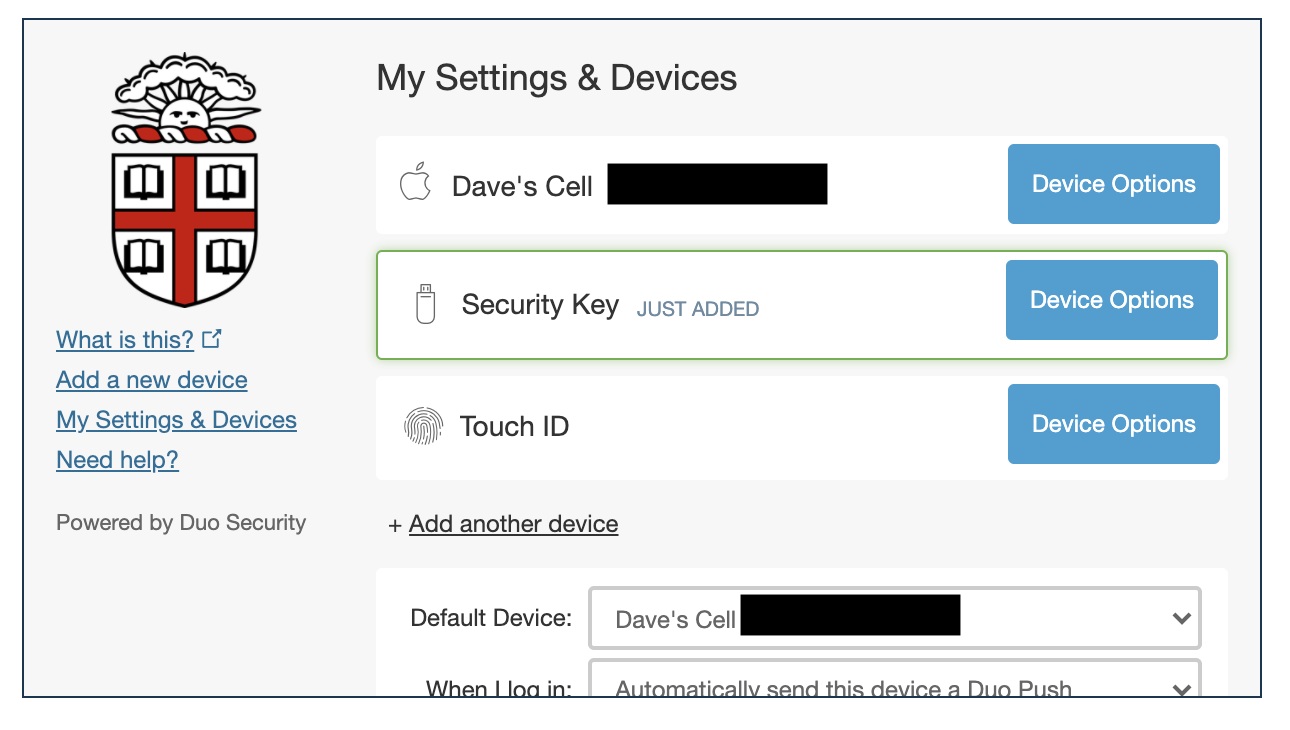

Log into the Duo Admin Panel with an account with User Manager permissions or higher. Select all of the file and copy it to your Clipboard. Keep doing this until all keys are programmed.Ĭlick “Stop” at the end when you’ve programmed all the YubiKeys.Ĭlose the personalisation tool then navigate to the directory where you saved the configuration log and open it using Notepad++ or a similar text editor (Not Notepad). If you’re configuring more than one you can unplug the current key and plug in a new one – then take it out when it’s been programmed. We’ll need this later.Īt the bottom of the window you’ll see the YubiKey has been successfully configured. Save the configuration log to the server in a safe place. Under Yubico OTP Parameters click the three Generate buttons one after the other. Change the Parameter Generation Scheme to “Randomize all parameters”

Select “Configuration slot 1” then tick the boxes for “Program multiple YubiKeys” and “Automatically program YubiKeys when inserted”. Select “Yubico OTP” at the top right – then select Advanced. Insert the first YubiKey into a free USB port and wait until the software detects it by saying “YubiKey is inserted” at the top right of the window. Open the Personalisation tool and select “Update Settings.” Under Logging Settings change the format to Flexible and in the box to the right copy the following code: I’ve developed this easy guide to automatically generate keys and save them to a Duo compatible file as soon as they’re plugged in.ĭownload and install the YubiKey Personalisation Tool from the Yubico website. We were looking to deploy YubiKeys for our clients on mass and it was quite tedious to follow the official documentation and manually generate each secret and program.


 0 kommentar(er)
0 kommentar(er)
